Unveiling the Shadows of Bhangarh
Nestled in the rugged embrace of Rajasthan’s Aravali hills, Bhangarh Fort stands as a testament to both architectural grandeur and chilling mystery. Built in 1573 by Raja Madho Singh, this 17th-century stronghold in Alwar district is more than a historical relic—it’s a vortex of paranormal lore that has earned it the title of India’s most haunted place. The fort’s crumbling walls, once home to over 9,000 residents, now echo with tales of curses, ghostly apparitions, and unexplained phenomena that draw thrill-seekers and skeptics alike. The Archaeological Survey of India (ASI) enforces a strict no-entry rule after sunset, a precaution that only fuels the fort’s eerie reputation. What lies behind the haunting of Bhangarh? Is it a cursed land trapped in time, or a product of vivid imaginations? Let’s unravel the mystery.
The fort’s haunting allure is amplified by its stark contrast: by day, it’s a picturesque ruin framed by lush greenery and ancient temples, accessible via a scenic drive from Jaipur or Delhi. By night, it transforms into a forbidden realm where locals claim spirits roam freely. Visitors report unsettling sensations—whispers in the dark, sudden chills, and the feeling of being watched. The fort’s gates—Hanuman, Ajmeri, Lahori, and Delhi—guard a sprawling complex of palaces, havelis, and markets, all frozen in a state of eerie abandonment. The ASI’s warning signs, coupled with local legends, make Bhangarh a magnet for those craving answers to its unsolved mysteries. Tripoto and Rajasthan Tourism offer detailed guides for planning a visit, emphasizing the fort’s historical and supernatural significance.
The Curse That Doomed a Kingdom
The most enduring legend of Bhangarh Fort centers on a black magician named Singhia and his unrequited love for Princess Ratnavati, whose beauty was said to rival the stars. According to local folklore, Singhia, aware he could never win her hand, resorted to dark magic. He enchanted a bottle of scented oil intended for the princess, hoping it would compel her to love him. But Ratnavati, perceptive and cunning, sensed the sorcery. She poured the oil onto a boulder, which, as legend tells, came alive, rolled toward Singhia, and crushed him. In his dying breath, Singhia cursed Bhangarh, dooming its inhabitants to eternal unrest. The following year, a devastating battle between Bhangarh and neighboring Ajabgarh claimed the lives of Ratnavati and much of the fort’s population, leaving it desolate. Locals believe the spirits of the fallen, including Ratnavati herself, still linger, unable to find peace. The Hindu and Republic World recount this tale, noting its grip on local imagination, though no historical records confirm Singhia’s existence.
Another chilling story points to Guru Balu Nath, a reclusive sadhu who meditated in the area before the fort’s construction. Madho Singh sought his permission to build, and Balu Nath agreed on one condition: the fort’s shadow must never touch his dwelling. When a descendant, Ajab Singh, raised the fort’s towers, casting a shadow over the sadhu’s retreat, Balu Nath’s curse allegedly brought ruin to the entire town. Villagers today claim that no house in Bhangarh can maintain a roof, as structures collapse under mysterious circumstances—a phenomenon some attribute to the sadhu’s lingering wrath. While scientists dismiss these tales, the absence of conclusive evidence keeps the debate alive, making Bhangarh a focal point for paranormal investigators. Holidify and Thomas Cook provide detailed accounts of these legends, blending history with the supernatural.
Echoes of the Unexplained
Bhangarh’s reputation as a haunted site isn’t just folklore—it’s reinforced by countless reports of paranormal activity. Visitors describe hearing women’s screams, the clinking of bangles, and faint music drifting through the fort’s deserted halls. Some claim to have seen shadowy figures or a woman in a black saree wandering the premises. Others report sudden temperature drops and an oppressive sense of unease, as if the air itself carries a weight of despair. The ASI’s prohibition on nighttime visits stems from these accounts, with locals insisting that those who defy the rule—entering after sunset—never return. One chilling story involves three adventurers who stayed past dusk, only to meet tragedy: one fell into a well, and all three perished in a car accident while fleeing to safety. Times of India and Vocal Media document these eerie encounters, noting their consistency across decades.
Despite skepticism, Bhangarh’s mysteries persist. The fort’s proximity to Sariska Tiger Reserve adds a layer of danger, as wild animals roam the area at night, but locals argue the true threat is supernatural. Paranormal researchers have reported unusual electromagnetic readings, though no definitive proof exists. The fort’s temples—Gopinath, Someshwar, and Mangla Devi—stand as silent sentinels, with some locals believing they hold back darker forces. For those planning a visit, Savaari offers car rental services for a convenient trip from Jaipur or Delhi, while Tusk Travel provides practical tips, recommending September to February for cooler weather. Whether you’re a skeptic or a believer, Bhangarh’s haunting atmosphere and unanswered questions make it a must-visit for anyone drawn to the unexplained.

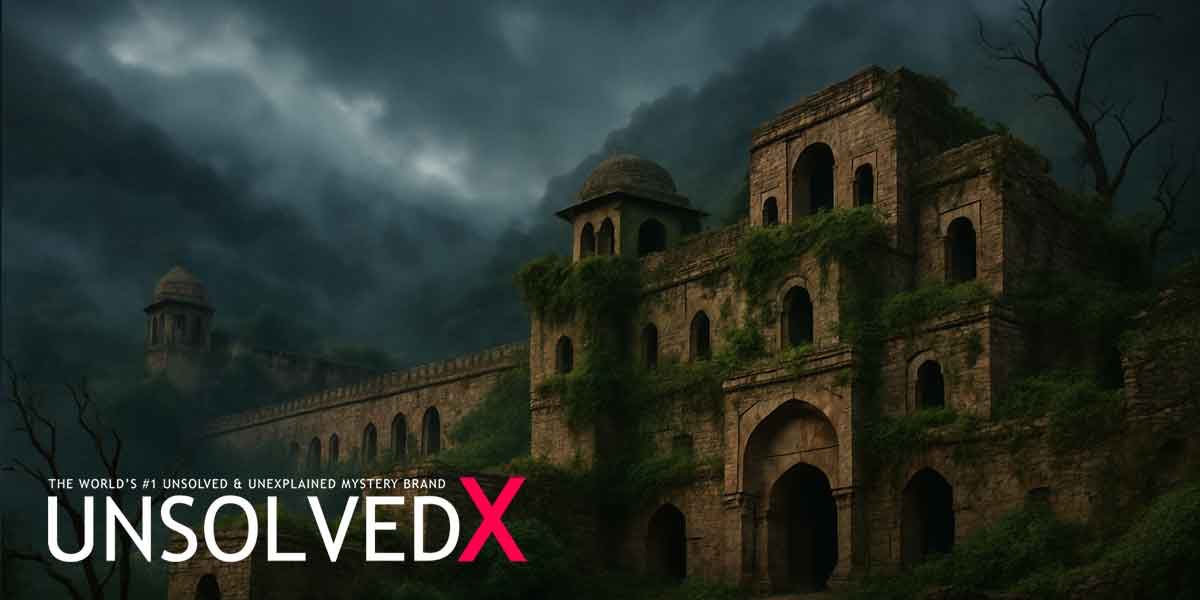
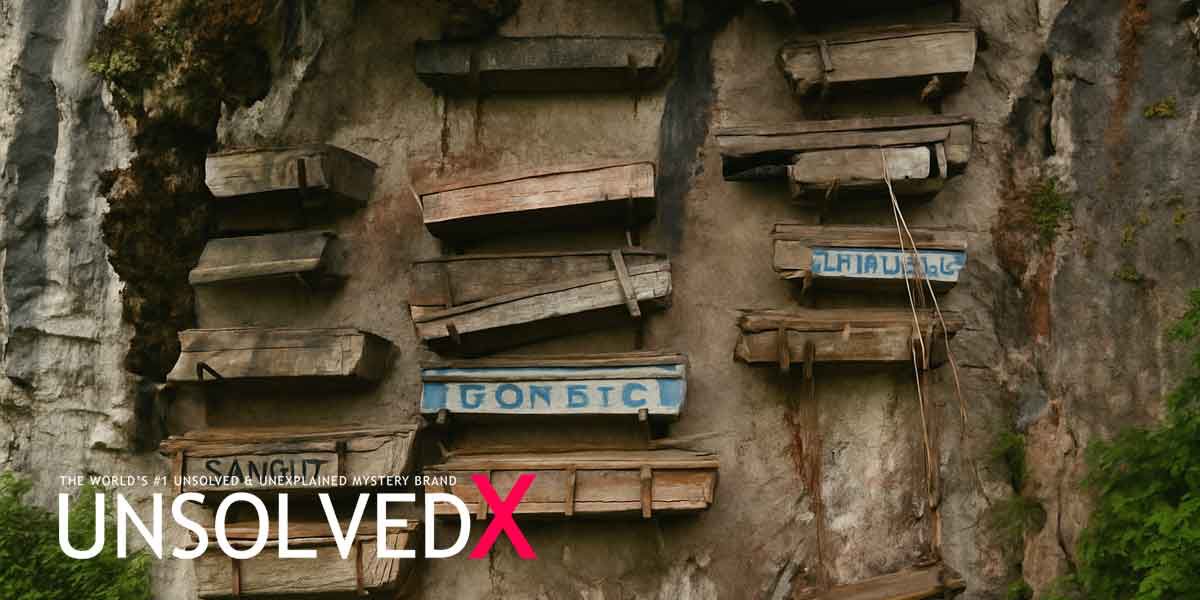
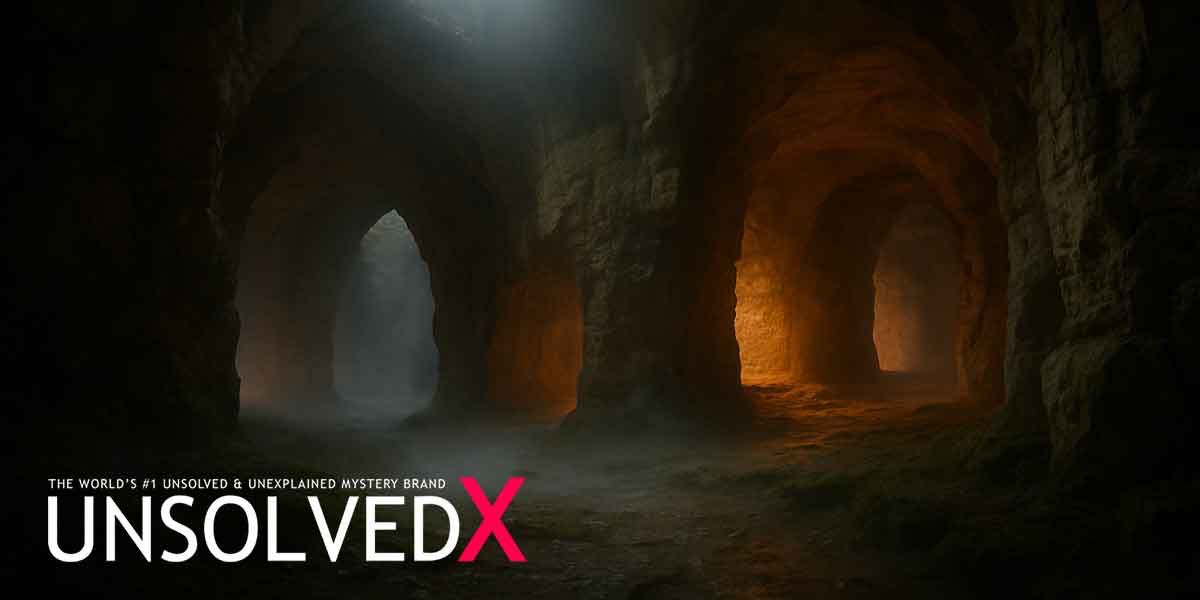
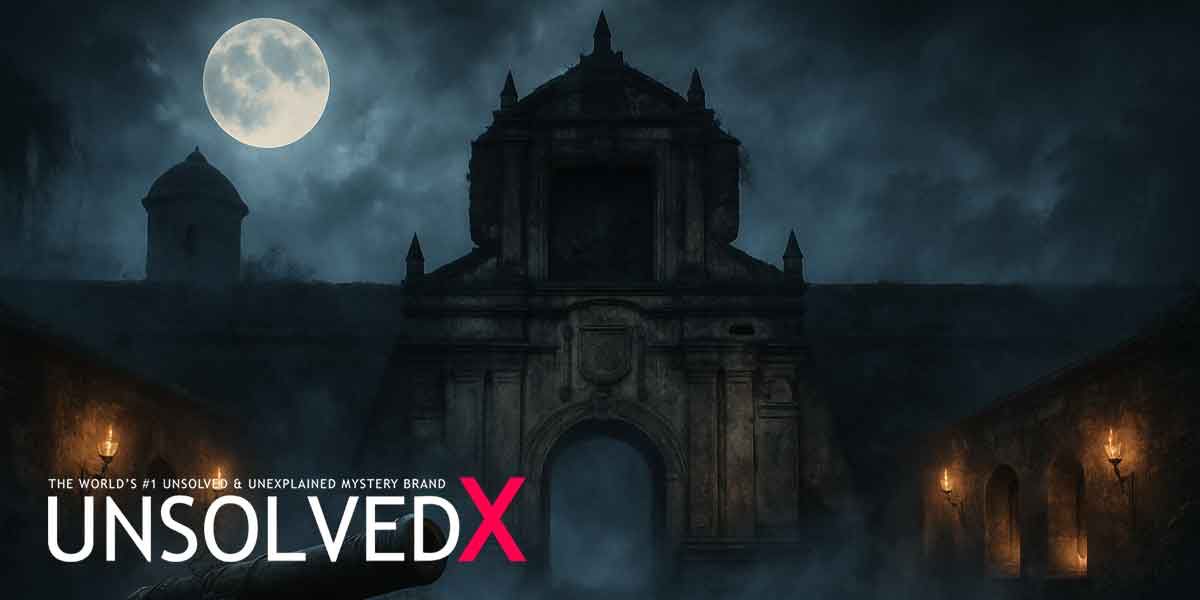
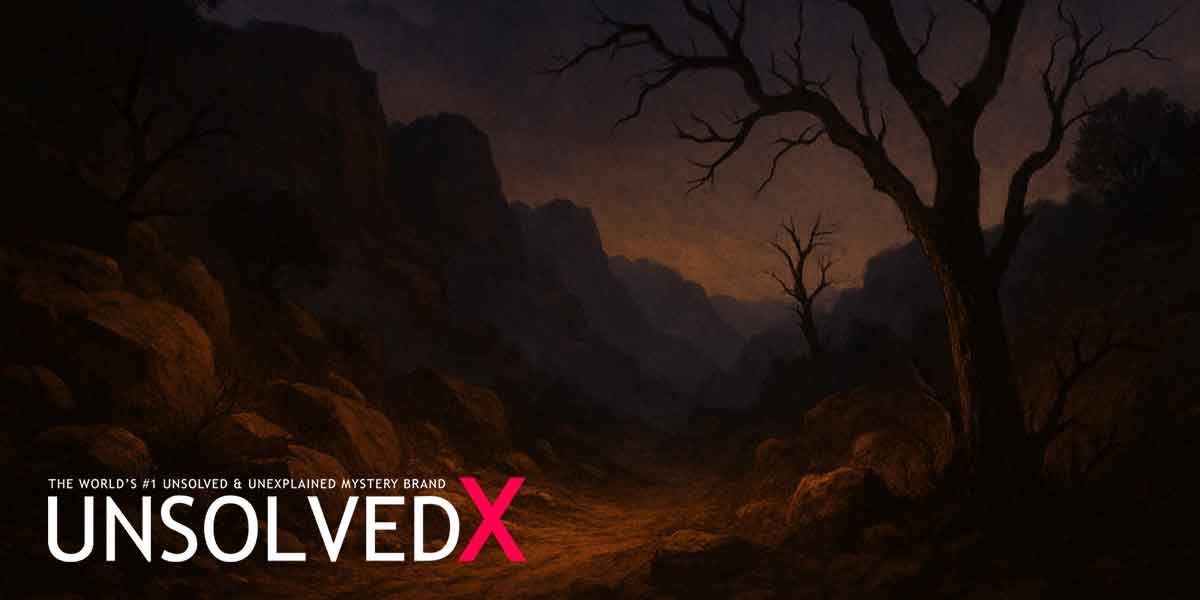


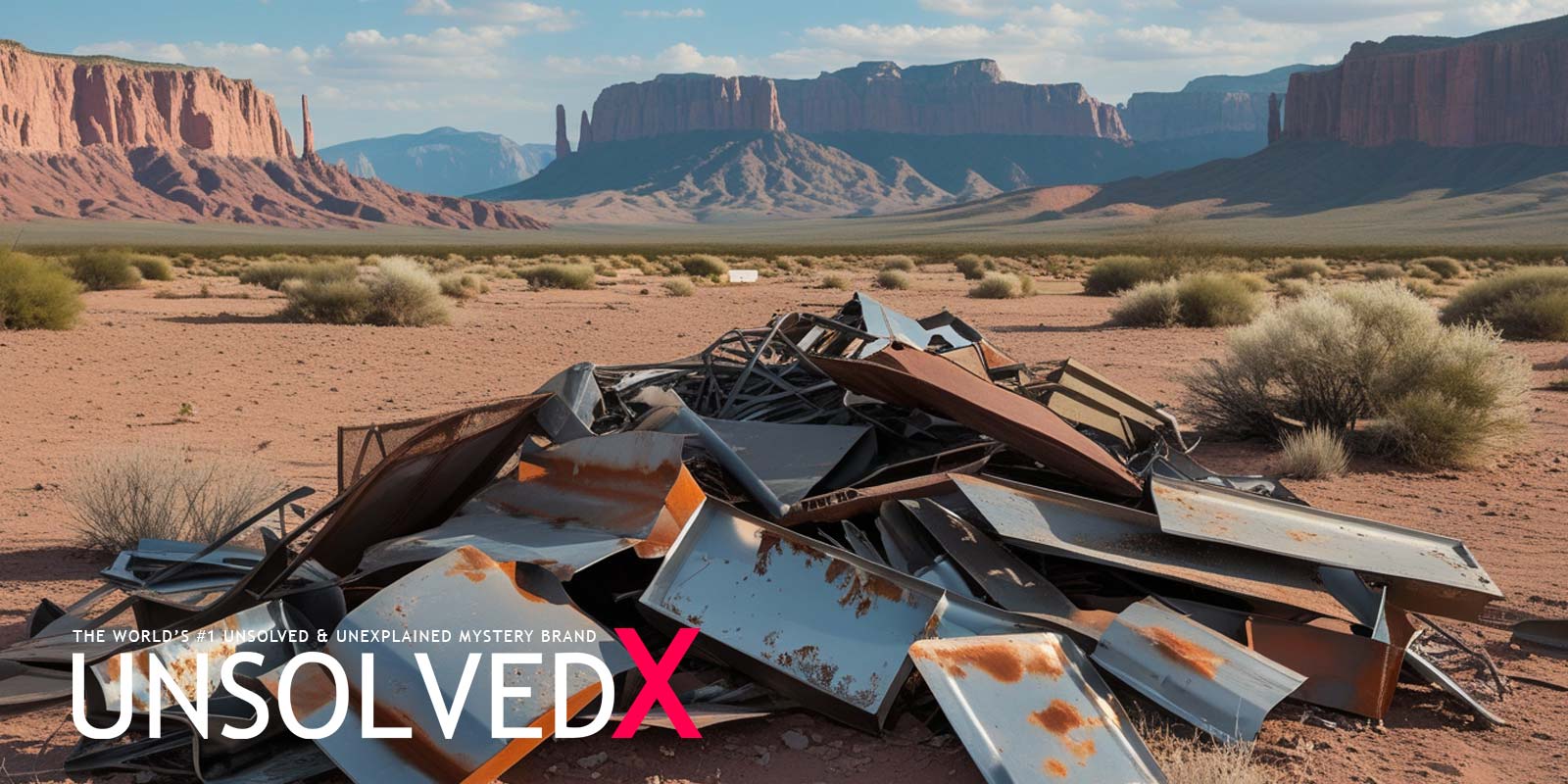

Comments
Comments section coming soon!